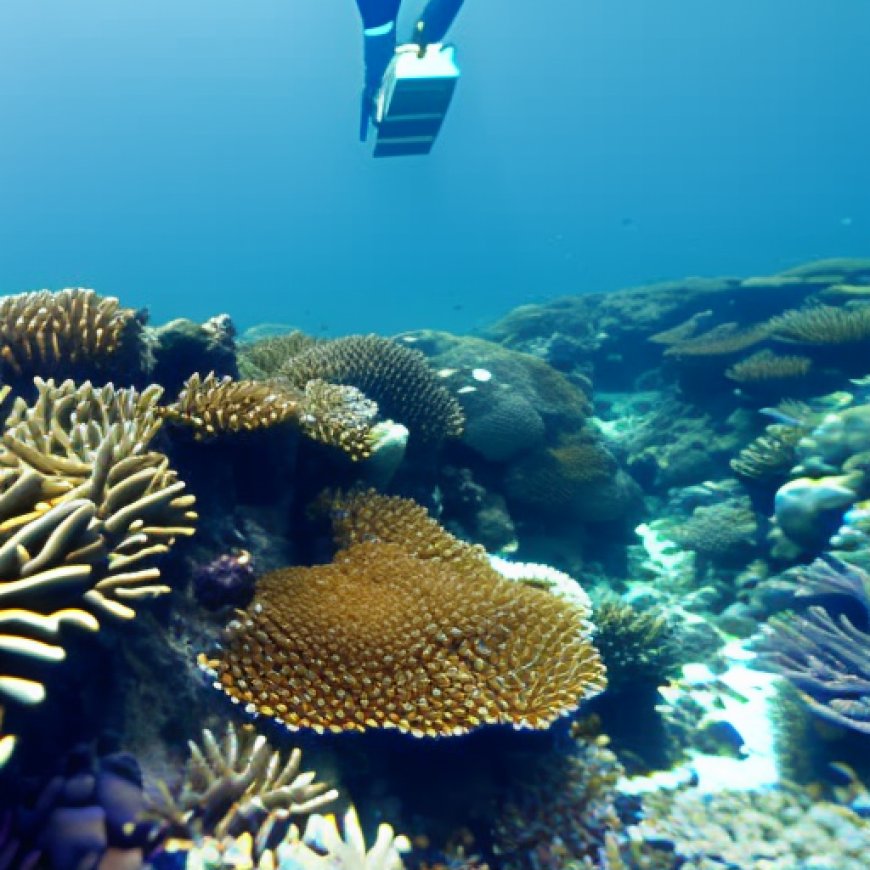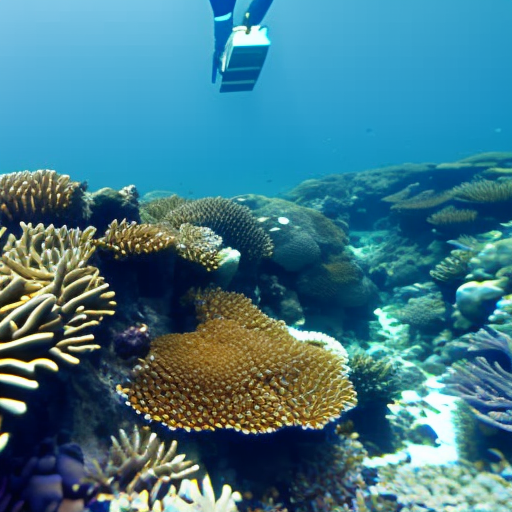Coral reefs are vital to the Maldives. This is how travelers can help restore them.
Coral reefs are vital to the Maldives. This is how travelers can help restore them. USA TODAY


Reviving Coral Reefs in the Maldives through Coral Planting
The coral fragment from the seafloor off the coast of the resort Siyam World Maldives in the Noonu Atoll had a stark contrast. One inch of the coral’s light brown tips was bumpy with living polyps, while the rest was dull white, resembling a dead tree branch.
This coral species, known as acropora hemprichii, grows in the shallow reefs of the Maldives in tapered branches which eventually look like a bush or dome as they grow.
That piece of coral I spotted broke off from its home likely due to a powerful wave or a careless snorkeler. Once it fell into the sand, it began to die off. To the untrained eye, it seemed like there was no hope for that little coral fragment.
However, that fragment was far from dead, and the solution to reviving it was simple.
Coral planting is a simple act of fastening a coral fragment to a metal frame and placing it in a safe, shallow area of the ocean. In mere months, the coral has the potential to flourish once again. As the corals regenerate, the reef becomes more habitable for fish, that swim through and make the frames part of their home. Over 25% of the world’s fish inhabit and get their food from coral reefs.
Importance of Coral Reefs to the Maldives
The Maldives is an archipelago made up of over 1,000 islands sitting mere feet above sea level, which means the country is 99% ocean. And that’s where most of the natural diversity exists, from manta rays in the north to hammerhead sharks in the south.
“Without the ocean, the Maldives just can’t exist,” said Thuhufa.
All Maldivians depend on the ocean in some way, 71% rely on it for their primary source of income. Maldivians get their food from line fishing at coral reefs, such as snapper or emperor fish. Fishing for big game fish like tuna is also the second largest industry, following tourism.
Without healthy coral reefs, the islands wouldn’t even exist. “If you go to a local island, you’ll see a lot of the houses are built very close to the ocean, right next to the beach,” said Thuhufa. During monsoon season, from May to November, big swells wash away the beaches, but a healthy reef can break the wave energy before it reaches the island, she said.
The Role of Resorts in Protecting Coral Reefs
To Thuhufa, coral bleaching is one of the most pressing issues for the islands and “something the whole world is experiencing.” The last mass bleaching event, which occurred between 2014 and 2017, saw 15% of the world’s reefs die off. The National Oceanic and Atmospheric Administration predicts a fourth, even worse mass bleaching this year.
“It’s looking like the entirety of the Southern Hemisphere is probably going to bleach this year,” said ecologist Derek Manzello, the coordinator of NOAA’s Coral Reef Watch which serves as the global monitoring authority on coral bleaching risk.
“We are literally sitting on the cusp of the worst bleaching event in the history of the planet,” he said. Up to 90% of the world’s corals could be lost.
With tourism as the country’s biggest industry, resorts play a vital role in the protection of coral reefs.
Although construction and increased human activity can damage the fragile eco-systems of reefs, many resorts in the Maldives are working to protect their house reefs by hiring in-house marine biologists and creating nurseries for coral planting. New resorts in the Maldives need to undergo an impact assessment before they can break ground (or sand in their case).
The Process of Coral Planting
I tried coral planting for the first time during my stay at Siyam World Maldives, and it was surprisingly easy and engaging.
Guests can book the experience via the resort app, which they download during check-in, or their resort ambassador can arrange it for them.
Coral planting is an emerging type of coral restoration, and since it’s only been done on a small scale, it doesn’t tackle the root of
SDGs, Targets, and Indicators
SDGs Addressed or Connected to the Issues Highlighted in the Article:
- SDG 14: Life Below Water – Conserve and sustainably use the oceans, seas, and marine resources for sustainable development.
- SDG 15: Life on Land – Protect, restore, and promote sustainable use of terrestrial ecosystems, sustainably manage forests, combat desertification, and halt and reverse land degradation and halt biodiversity loss.
Specific Targets Based on the Article’s Content:
- Target 14.2: By 2020, sustainably manage and protect marine and coastal ecosystems to avoid significant adverse impacts, including by strengthening their resilience, and take action for their restoration in order to achieve healthy and productive oceans.
- Target 15.6: Promote fair and equitable sharing of the benefits arising from the utilization of genetic resources and promote appropriate access to such resources.
Indicators Mentioned or Implied in the Article:
- Indicator 14.2.1: Proportion of national exclusive economic zones managed using ecosystem-based approaches.
- Indicator 15.6.1: Number of countries that have adopted legislative, administrative, and policy frameworks to ensure fair and equitable sharing of benefits.
Table: SDGs, Targets, and Indicators
| SDGs | Targets | Indicators |
|---|---|---|
| SDG 14: Life Below Water | Target 14.2: By 2020, sustainably manage and protect marine and coastal ecosystems to avoid significant adverse impacts, including by strengthening their resilience, and take action for their restoration in order to achieve healthy and productive oceans. | Indicator 14.2.1: Proportion of national exclusive economic zones managed using ecosystem-based approaches. |
| SDG 15: Life on Land | Target 15.6: Promote fair and equitable sharing of the benefits arising from the utilization of genetic resources and promote appropriate access to such resources. | Indicator 15.6.1: Number of countries that have adopted legislative, administrative, and policy frameworks to ensure fair and equitable sharing of benefits. |
Based on the article, the issues highlighted are related to the conservation and restoration of marine and coastal ecosystems, specifically coral reefs. These issues align with SDG 14: Life Below Water, which aims to conserve and sustainably use the oceans, seas, and marine resources for sustainable development. Additionally, the article mentions the importance of protecting and restoring terrestrial ecosystems, which connects to SDG 15: Life on Land.
The specific targets identified based on the article’s content are Target 14.2, which focuses on the sustainable management and protection of marine and coastal ecosystems, and Target 15.6, which promotes fair and equitable sharing of benefits arising from the utilization of genetic resources.
The indicators mentioned or implied in the article that can be used to measure progress towards these targets are Indicator 14.2.1, which measures the proportion of national exclusive economic zones managed using ecosystem-based approaches, and Indicator 15.6.1, which measures the number of countries that have adopted frameworks to ensure fair and equitable sharing of benefits.
Behold! This splendid article springs forth from the wellspring of knowledge, shaped by a wondrous proprietary AI technology that delved into a vast ocean of data, illuminating the path towards the Sustainable Development Goals. Remember that all rights are reserved by SDG Investors LLC, empowering us to champion progress together.
Source: usatoday.com

Join us, as fellow seekers of change, on a transformative journey at https://sdgtalks.ai/welcome, where you can become a member and actively contribute to shaping a brighter future.







